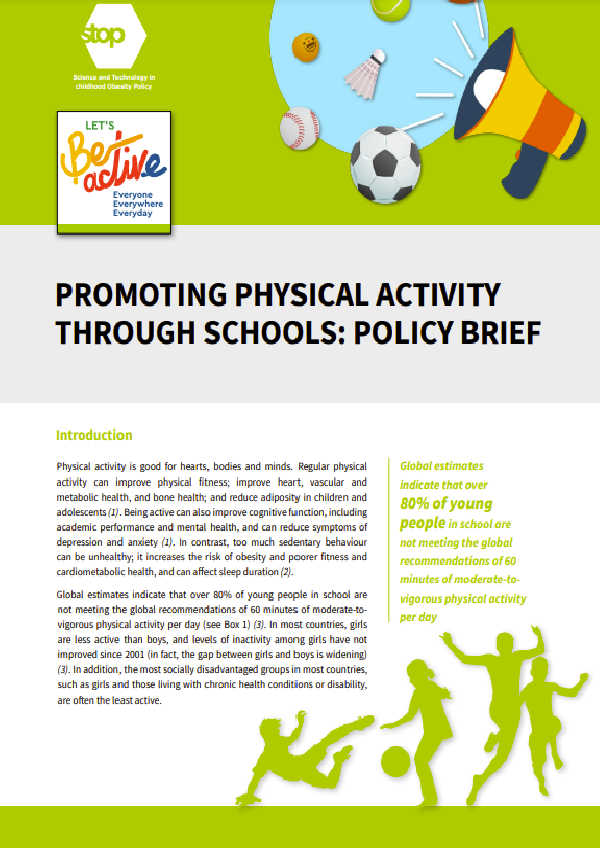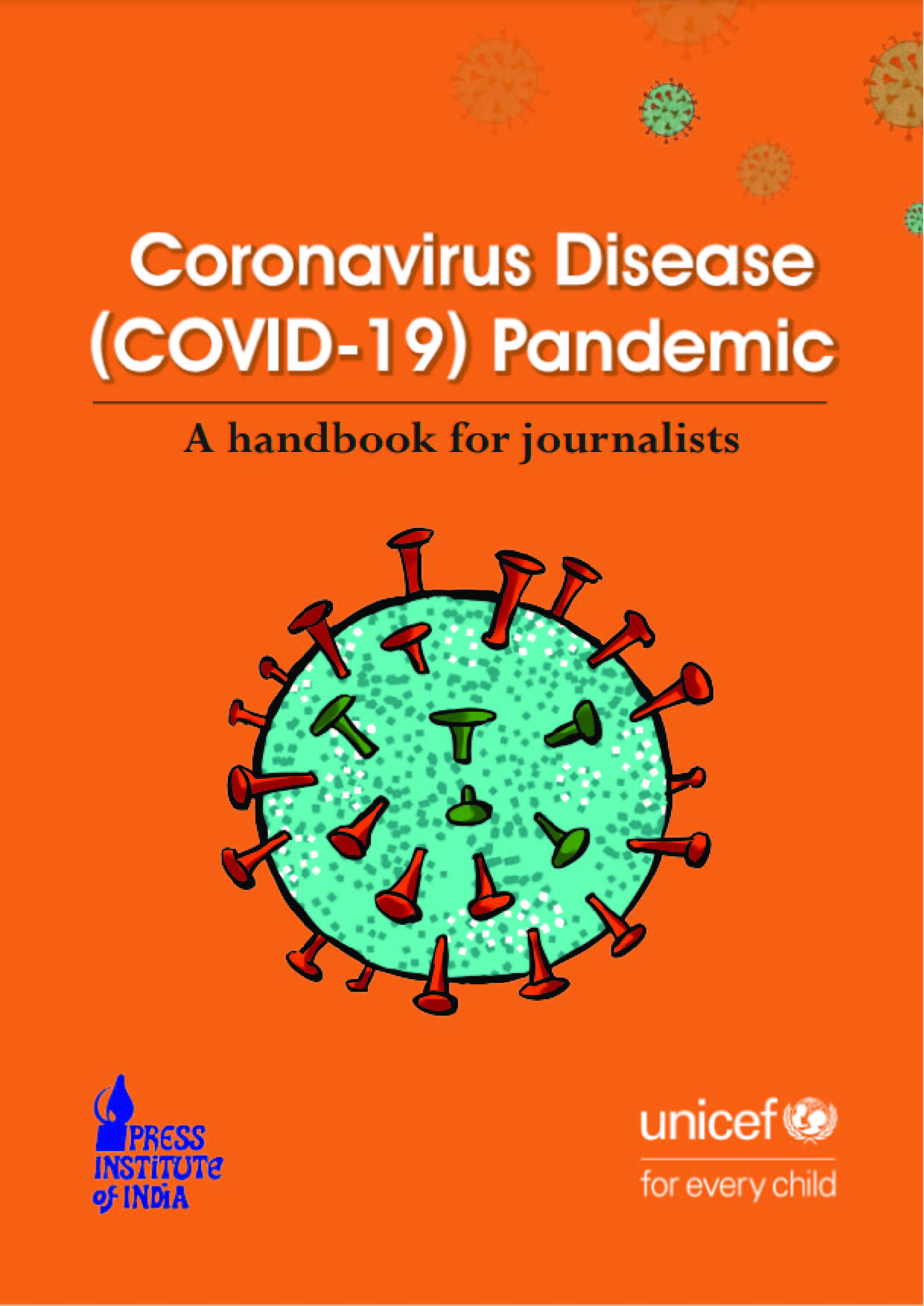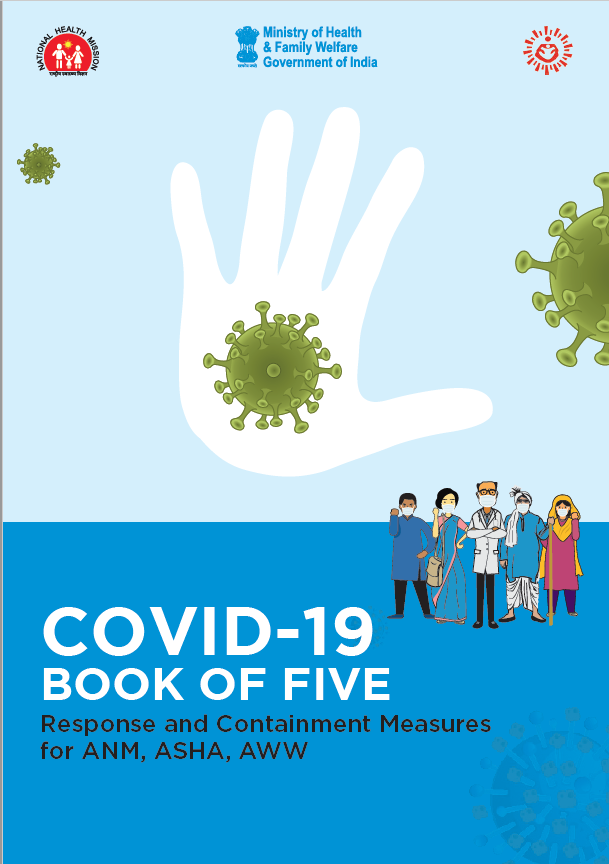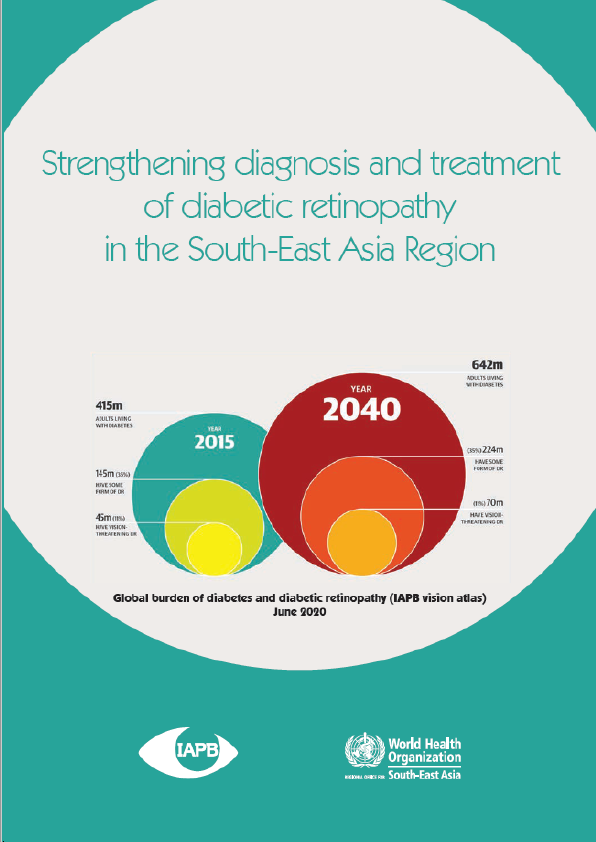Physical activity is defined as any voluntary bodily movement produced by skeletal muscles that require energy expenditure. Physical activity encompasses all activities, at any intensity, performed during any time of day or night. It includes both exercise and incidental activity integrated into a daily routine. This integrated activity may not be planned, structured, repetitive or purposeful for the improvement of fitness, and may include activities such as walking to the local shop, cleaning, working, or active transport. Physical activity is good for hearts, bodies and minds. Regular physical activity can improve physical fitness; improve heart, vascular and metabolic health, and bone health; and reduce adiposity in children and adolescents. Being active can also improve cognitive function, including academic performance and mental health, and can reduce symptoms of depression and anxiety. In contrast, too much sedentary behaviour can be unhealthy; it increases the risk of obesity and poorer fitness and cardiometabolic health, and can affect sleep duration.
Global estimates indicate that over 80% of young people in school are not meeting the global recommendations of 60 minutes of moderate-to vigorous physical activity per day. In most countries, girls are less active than boys, and levels of inactivity among girls have not improved since 2001 (in fact, the gap between girls and boys is widening). In addition, the most socially disadvantaged groups in most countries, such as girls and those living with chronic health conditions or disability, are often the least active.
About this policy brief
This policy brief describes the importance of integrating physical activity into primary and secondary schools so that all children and young people can be physically active on a regular basis, which will contribute to preventing the increasing public health problem of childhood obesity. It outlines six evidence-based domains for promoting physical activity in schools:
- Quality physical education
- Active travel to and from school
- Active before- and after-school programs
- Opportunities during recess to encourage physical activity
- Active classrooms
- Inclusive approaches to physical activity.
It describes how the school environment can be used to develop, implement and evaluate strategies that promote physical activity and reduce sedentary behaviour among children and young people. Further information is available in WHO’s Promoting physical activity through schools: a toolkit.
Who is this policy brief for?
This policy brief will support school policy-makers, planners and school principals to develop effective whole-of-school approaches to promoting physical activity. It is intended to support:
- ministries of health
- ministries of education
- ministries of sport and recreation
- policy-makers from other relevant sectors
- school governors, school councils and boards
- school principals or head teachers.











